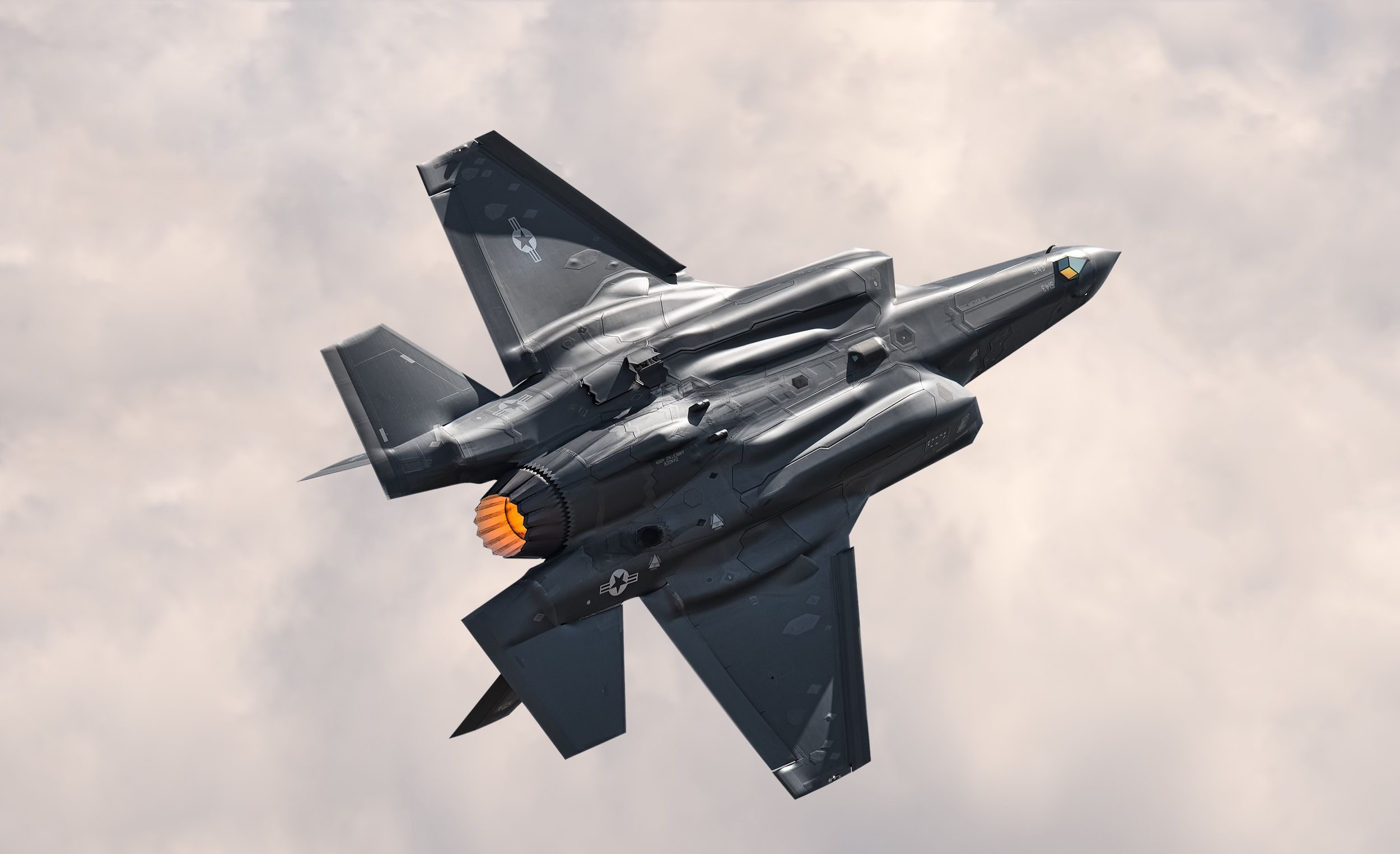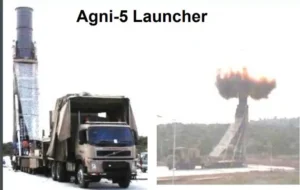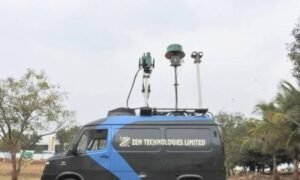The USAF’s most expensive fifth-generation stealth fighter jet, F-35B, has gone missing after a mishap forced the pilot to eject over South Carolina. A frantic search has been mounted as the aircraft might have eluded the radars, with observers wondering if the aircraft’s stealth hinders the effort.
The pilot was treated at a local hospital after ejection at about 2 pm on September 17 local time, but the jet worth US$90 million was not found till evening. The plane was assigned to Marine Fighter Attack Training Squadron 501, and Joint Base Charleston appealed to the public to help locate the fighter jet.
Based on the last location of the aircraft, the search is being conducted around lakes Moultrie and Marion in South Carolina. The reason behind the ejection has not been ascertained yet.
“If you have any information that may help our recovery teams locate the F-35, please call the Base Defense Operations Center at 843-963-3600,” the Joint Base Charleston said in a post on X (formerly known as Twitter).
Generally, a search and rescue beacon is fitted into the pilot’s ejection seat to locate him/her following the ejection. “The aircraft doesn’t have any geo-locator in it, so if the aircraft vanished from the radar, it is difficult to search for it electronically,” a retired official told the EurAsian Times.
The US Marine Corps is the primary operator for Lockheed Martin’s F-35B fighter jet.
The base is close to the coastline. And the possibility of the fighter jet plunging into the ocean cannot be ruled out with certainty now. The incident is a reminder of the time when a MiG-23 flew for over 900 kilometers through Europe after the pilot’s ejection. The pilotless aircraft crashed in Belgium.
The F-35’s Cloak Of Invisibility
The F-35 Lightning II is dubbed as one of the stealthiest fighter jets that took to the skies. Its ability to move in and out of the enemy’s space with impunity hinges on its stealth capabilities.
Unlike common understanding, stealth is not total invisibility. Stealth eases or complicates the enemy’s ability to find and shoot down an aircraft through design, tactics, and technology.
At 51 feet long and 35 feet wide, the F-35 is not a small aircraft. But its shape is designed to deflect radar energy away from the source like a slanted mirror. Its surface is also blended and smoothed “to enable radar energy to flow across it smoothly”—similar to water flowing across a smooth surface.
As air defense and radar technologies continue to grow in leaps and bounds, the F-35 requires every ounce of stealth to survive a contested air space. The US Air Force achieves that by hand-painting its fifth-generation fighter jet.
The special paint has a low-observable technology, making it hard for enemies to detect, track, or target the fighter jet with radars or missiles.
The F-35 has a lower radar cross-section to allow its pilots to see the other aircraft first and take action. The F-35’s aligned edges, reduced engine signature, internal carriage of weapons and fuel, and embedded sensors contribute to its unique stealth performance.
The String Of Accidents Of F-35
The F-35 can fly as high as Mach 1.6 and carry an internal payload of four weapons without compromising its stealth. But, more than its firepower, the situational awareness it provides to the pilot through its immense computing power makes it more potent. It is why F-35s have come to be known as “quarterbacks in the sky” or “a computer that happens to fly.”
Presently, 17 air forces around the world fly F-35s. Designed from the ground up to prioritize low-observability, the F-35 is a single-engine fighter jet. It has three variants.
The F-35A, flown by the Air Force, takes off and lands on conventional runways, and the F-35B, the Marine Corps version, is a short-takeoff vertical landing aircraft that can operate off the Navy’s amphibious assault ships. The F-35C is flown from an aircraft carrier.

It was in 2018 that the aircraft suffered its first crash in the 17 years of its development. In an eerie similarity to the latest crash, a Marine Corps fighter jet, F-35B, crashed in South Carolina in 2018.
In 2022, another F-35B crash-landed in Texas. Following the incident, Lockheed Martin grounded several F-35s until at least early January 2023 and halted deliveries of the stealth fighter to the US and its allies.
In January 2022, an F-35C operating from the USS Carl Vinson aircraft carrier in the South China Sea crashed on the deck, injuring seven.
Also, in January 2022, the pilot of a South Korean F-35A jet fighter made an emergency “belly landing” at an air base after its landing gear malfunctioned due to electronic issues.
In November 2021, a British F-35 crashed off the aircraft carrier HMS Queen Elizabeth into the Mediterranean Sea. The pilot ejected safely from that plane.
In May 2020, the pilot ejected safely when a US Air Force F-35 crashed on landing at Eglin Air Force Base in Florida. The Air Force attributed the crash to various factors involving the pilot and the plane’s systems.
In April 2019, a Japanese F-35 crashed into the Pacific Ocean off northern Japan, killing its pilot. The Japanese military blamed that crash on spatial disorientation, “a situation in which a pilot cannot correctly sense the position, attitude, altitude, or the motion of an airplane.”
- Ritu Sharma has been a journalist for over a decade, writing on defense, foreign affairs, and nuclear technology.
- She can be reached at ritu.sharma (at) mail.com
Source link







